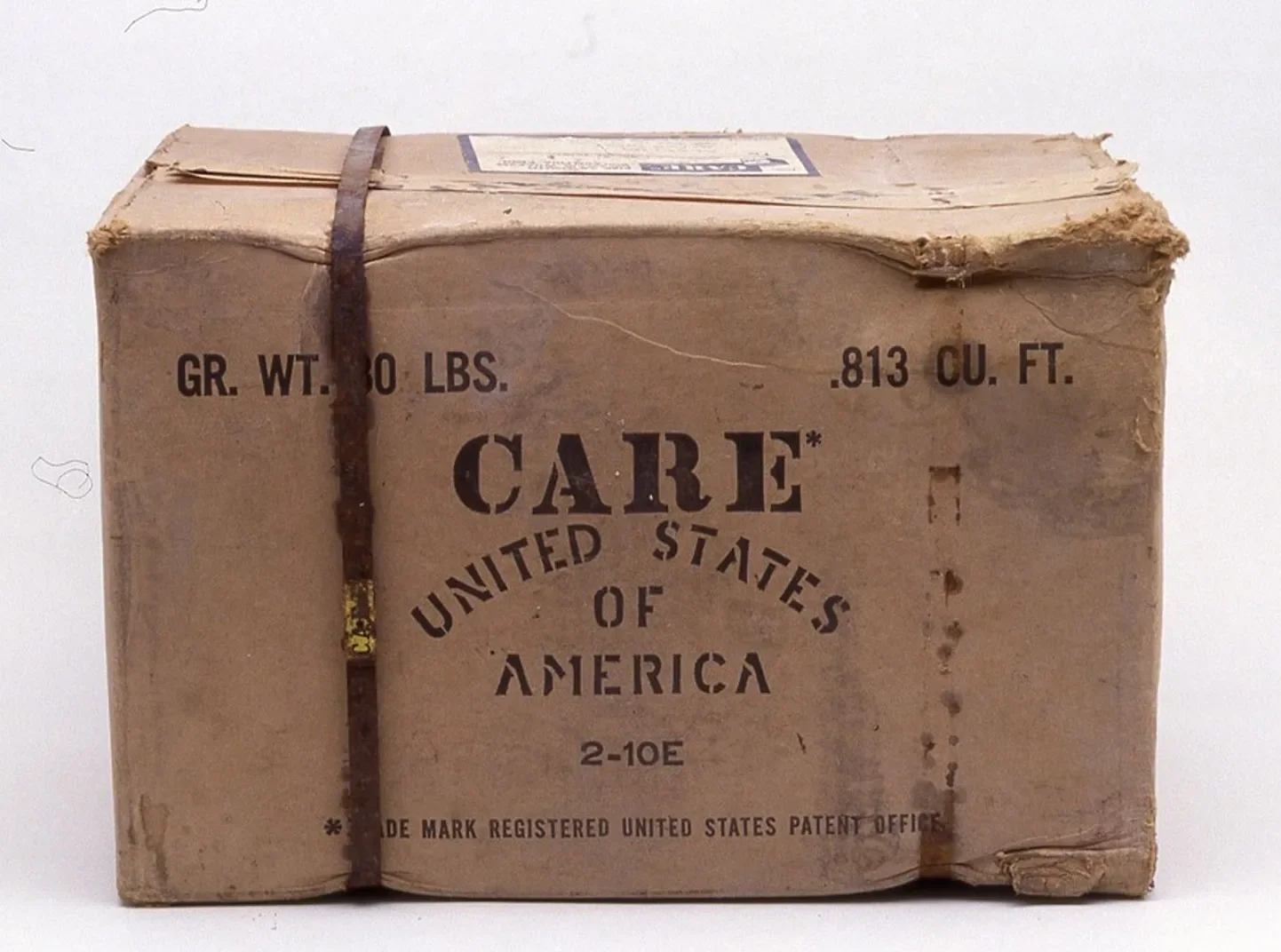Executive Summary
By July 18, South Sudan was able to administer the nearly all of the 60,000 doses of COVID-19 vaccine they had in stock through a series of smart investments in delivery, training, and social mobilization coordinated with several different partners. As new doses are projected to arrive in country in August, South Sudan continues to reinforce gaps in the health systems to make COVID-19 vaccinations possible without disrupting existing health services.
CARE’s estimated delivery costs from “tarmac to arm” for vaccines in these areas are $9.97 per dose of vaccine administered, or $22.22 per person fully vaccinated.
This is six times more expensive than current global estimate for delivery costs. For some actors providing vaccinations in South Sudan, the cost has been as high as $20 per dose administered when they include all costs. That’s because the health system in South Sudan is fragile, and it was already struggling to deliver even routine services. South Sudan is one of many health systems around the world that will need additional personnel, resources, and infrastructure to effectively deliver COVID-19 vaccines to at-risk populations, especially in hard-to-reach areas. The exact cost will continue to evolve as new vaccines arrive in country and the country vaccinates new groups of people.
